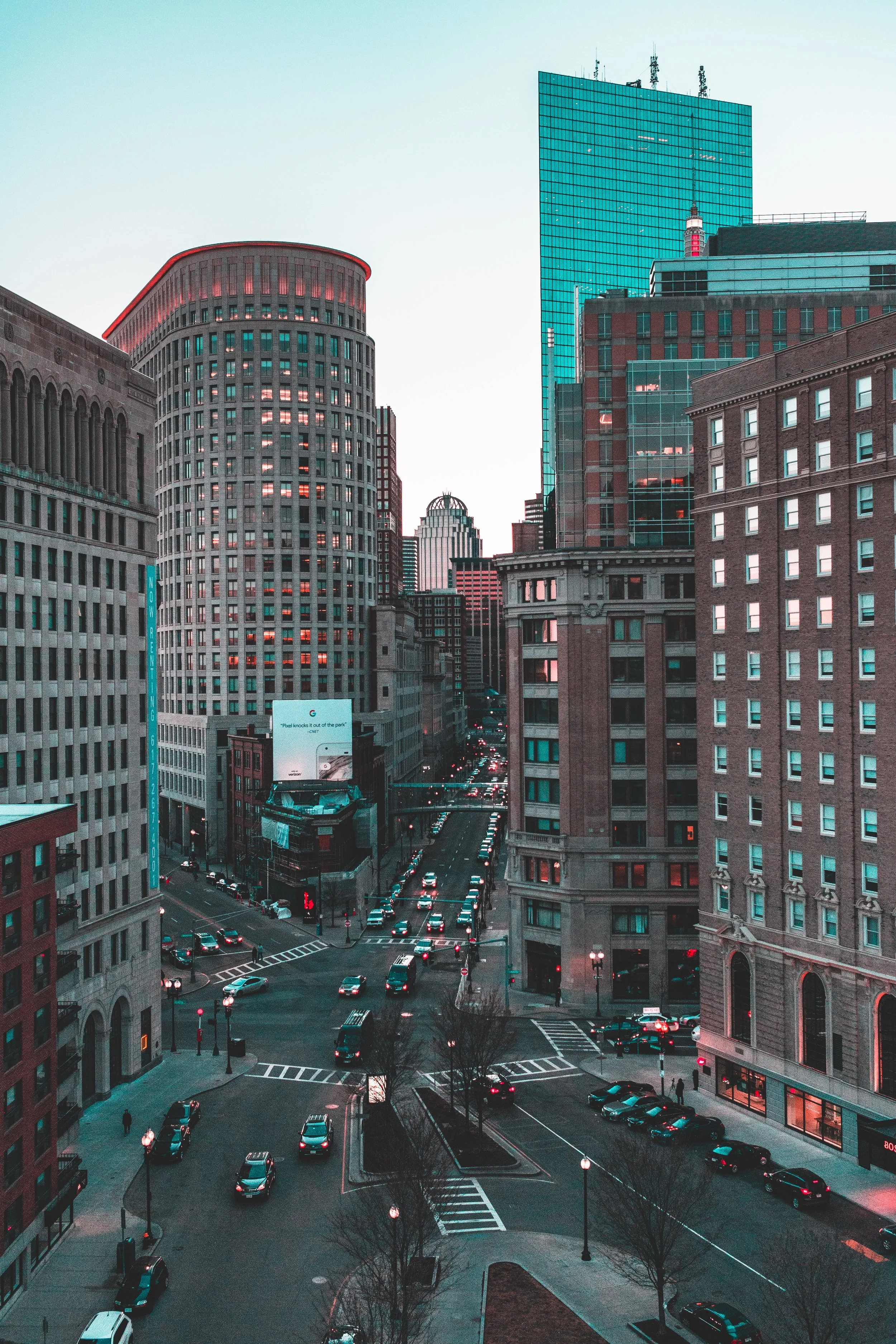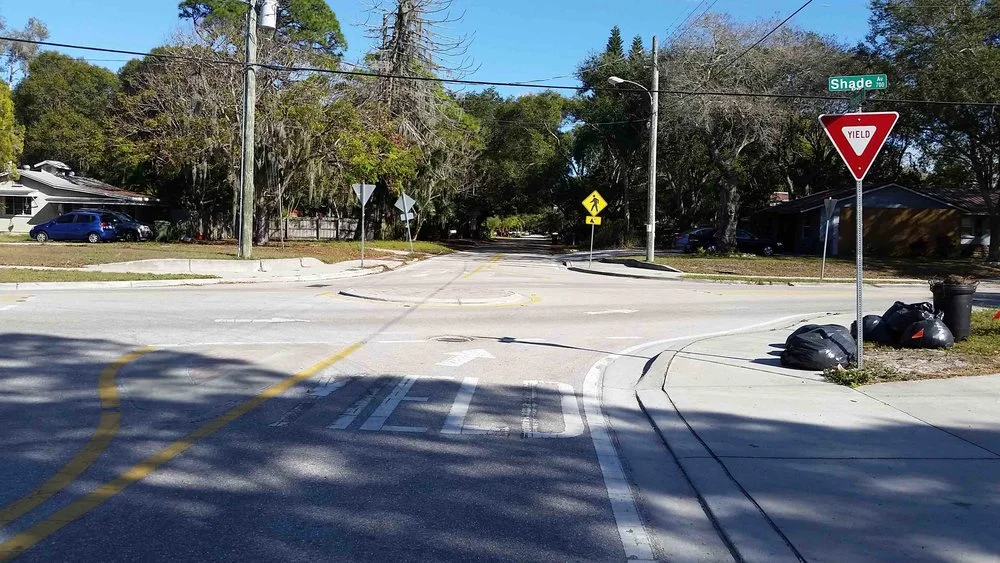Making places strong isn’t all about big, “sexy”, top-down projects. And the fact that we call these things “sexy” might be a part of the problem.
Read MoreBuilding stronger towns isn’t just about planning, engineering and development. We need to address questions about cultivating rich and abundant lives in our neighborhoods. How do we live out our values when so much of the built environment seems to be working against us?
Read MoreIf your city is struggling to balance its budget, it’s not enough to just cut costs and not seek to increase revenues. That’s like a cyclist who tries to improve their performance only by losing weight.
Read MoreDenton, Texas seemed to be on the verge of an important step toward financial resilience: allowing its core neighborhoods to incrementally evolve and provide much-needed new housing. Now, is the city on the verge of moving in the wrong direction instead?
Read MoreSince 1913, Pennsylvania has allowed cities to tax land at a higher rate than buildings. This decision has led to some unique success stories: cities that have weathered post-industrial decline and revitalized their urban cores.
Read MoreIncremental approaches are often cheaper, faster, or have less risk than sudden approaches. Let’s explore different types of incrementalism.
Read MoreIncremental approaches are often cheaper, faster, or have less risk than sudden approaches. Let’s explore different types of incrementalism.
Read MoreThe belief that we’re going to radically transform our cities from the top down defies reality. Despite widespread anxiety about urban growth and change, the vast majority of places aren’t changing very much at all.
Read MoreThe history of Spokane, Washington is a microcosm of what American cities as a whole have experienced. Spokane has lessons to teach us, including the power of incremental (but rapid) growth.
Read MoreCan we afford to build incrementally when the problems we face are so enormous?
Read MoreThis video provides a clear and compelling explanation for why homes cost so much. But there's more to the story.
Read MoreIn a California town, Main Street is preserved while everything around it shifts and the conditions that built Main Street are destroyed.
Read MoreLet's stop pretending we know the simple antidote to the painful symptoms our housing prices are expressing and instead humble ourselves to admit that we don't understand all the complexity.
Read MoreWe have come up with many ways to explain the decline we see around us. In reality, we've simply given our cities no other option.
Read MoreWhere improvement is not an option, stagnation and decline are all that remain.
Read MoreIt's the incremental nature of both the private and the public investments that made traditional cities strong, resilient and financially productive.
Read MoreIt is incrementally rising land values, combined with the ability to redevelop to something more intense, that naturally prompts the redevelopment of property in decline. Take away one of those two factors and redevelopment breaks down.
Read MoreA big piece of the infrastructure puzzle is not about the level of government making the investment, it's about the scale of the investment. Here are 5 "small bets" to build better transportation systems in our towns.
Read MoreTo bring together "bike for leisure" and "bike for transportation" people, you need to look beyond cycling itself and find the deeper principle that has people energized in the first place: the radical idea that people should move and associate freely in the streets of any town or city.
Read MoreIt was going to be great, but it didn't turn out like the planners said it would.
Read More


















